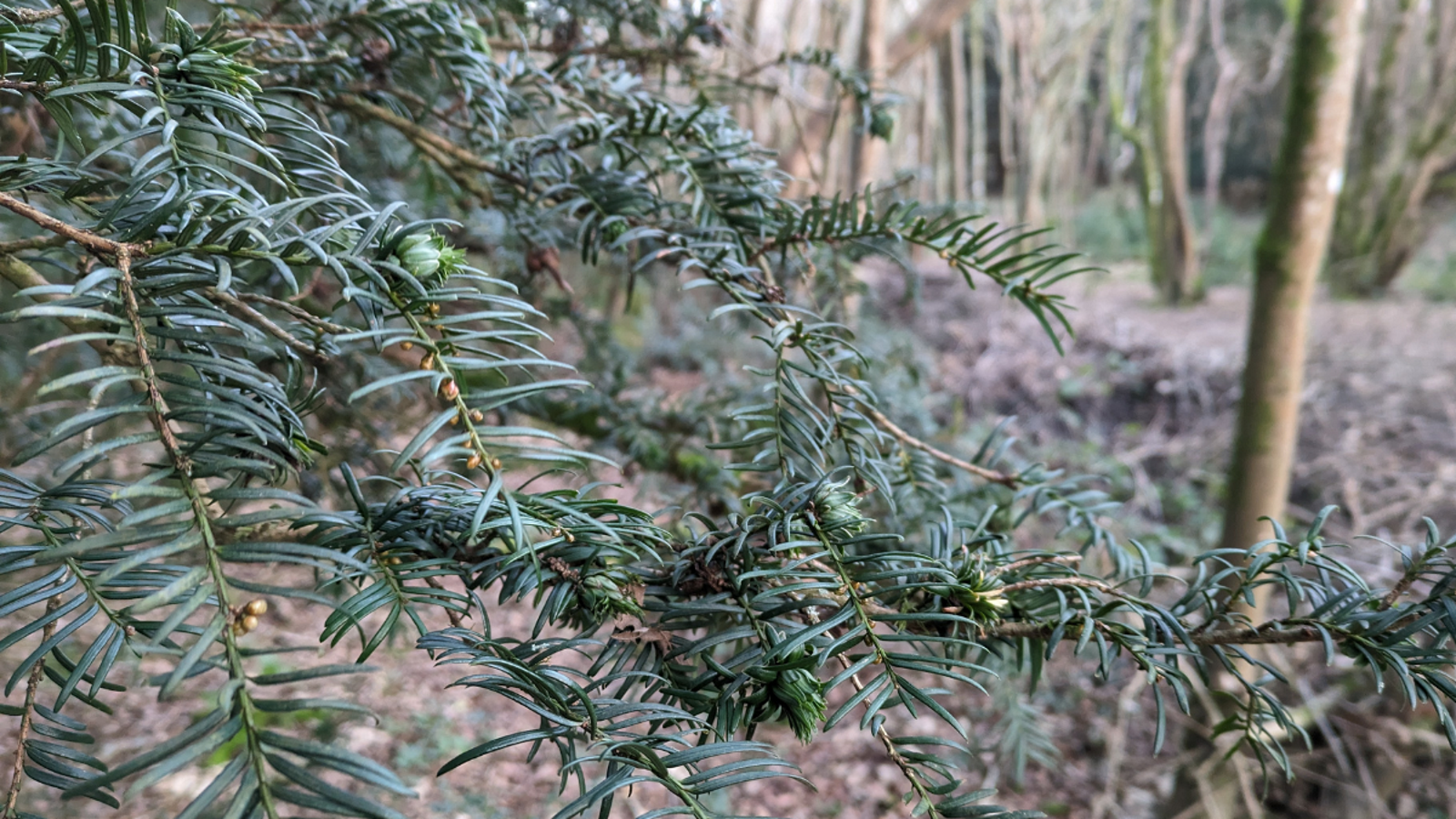
If you're trying to take pollution out of the air, choose evergreen trees with smaller leaves. That's according to a new study from the University of Surrey in the UK.
The study from the Global Centre for Clean Air Research at the University of Surrey has revealed which trees are most effective in stripping pollution from the air. The top performer is a tree commonly known as among the best for privacy.
The study involved testing ten trees alongside a busy road to see which caught the most particles of pollution, and which then washed them down to the ground in the rain.
Of the ten trees, yew (Taxus baccata) was the plant that removed the most air pollution.
'The yew family is amazing. The sub-species on the Pacific west coast, Taxus baccata brevifolia is the original source of Taxol, the cancer-fighting drug,' says Laurie Wayburn, Pacific Forest Trust co-founder and president.
'The slightly broader needles of the European yew have the ability to capture more urban pollution due to the fact that they are a little roughened on the surface,' she adds.

While it might be expected that trees with hairier foliage are best for catching pollutants, this also means they cling onto them and stop them washing away when it rains.
The study found that stomata – the 'pores' of the leaf – could help plants catch particles. In the case of the yew, more particles of pollution gathered on the porous underside of the leaf.
'The secret behind the ability for trees to help with air pollution lies within their leaves, specifically, the stomata,' confirms Fern Berg, tree expert and founder of Tree Vitalize.
'Stomata are tiny pores in leaf surfaces that allow for gas exchange with the atmosphere. Via the stomata, trees can absorb various pollutants such as carbon monoxide, sulfur dioxide, ozone, nitrogen dioxide and particulate matter, filtering these harmful substances from the air,' she adds.
University of Surrey researchers also found the most effective leaf types were awl-shaped, found on Japanese cedar (Camellia japonica) and Lawson's cypress (Chamaecyparis lawsoniana).
Shop yew trees online
Hicks Yew, also known as Upright Yew Hicksii, is an excellent evergreen shrub that will provide year-round color and interest to your home garden or landscape.
Easy to prune and can be trained as a shrub, tree, or even bonsai. Low-maintenance and suitable for many conditions. Vibrant green foliage with unique, soft texture.
Commonly shortened to Hicks Yew, the Hicksii Yew fulfills multiple uses in the garden. Its narrow, columnar shape gets high marks as a hedge, screen or foundation planting, and grouped together.
FAQs
What are the best outdoor plants for capturing pollutants?
Alongside the many effective trees that help strip pollutants from the air, shrubs and hedges are also a good choice. Plants with woody frameworks are effective at capturing carbon. Likewise, any plants with leaves that have some texture or friction will hold onto pollutants. The key is if they then release them to the ground when washed by rain.
Trees that capture pollutants on their leaves before releasing them to the ground when washed by rain are most effective for stripping pollution from the air. You can also have air-cleaning indoor plants to help purify the air in your home and leave it feeling fresher.







